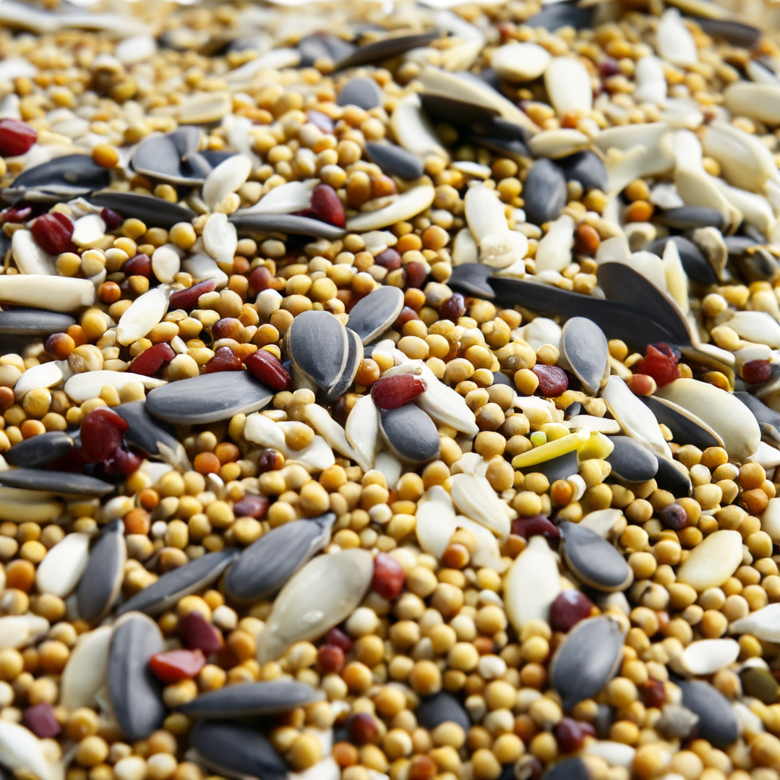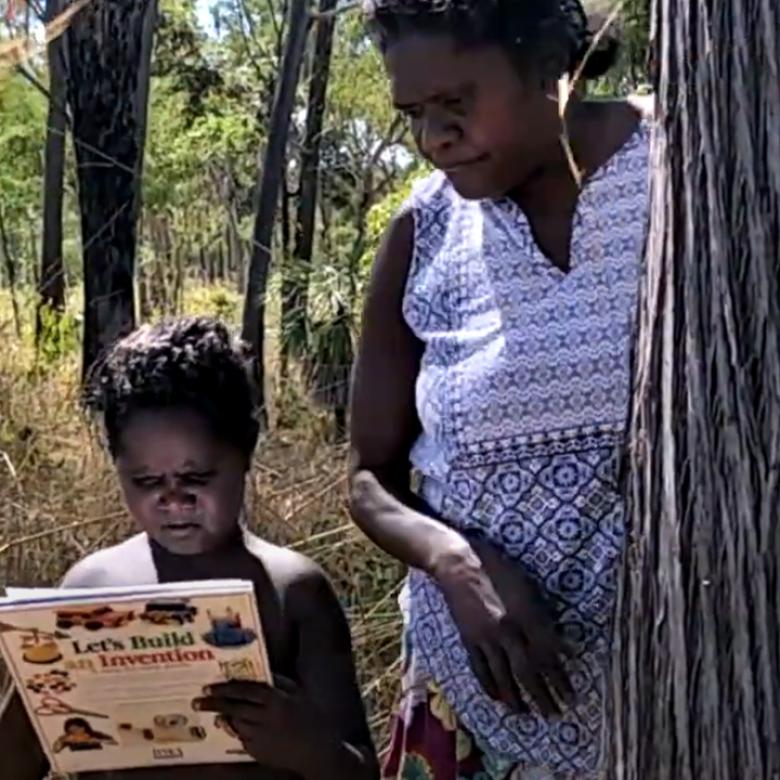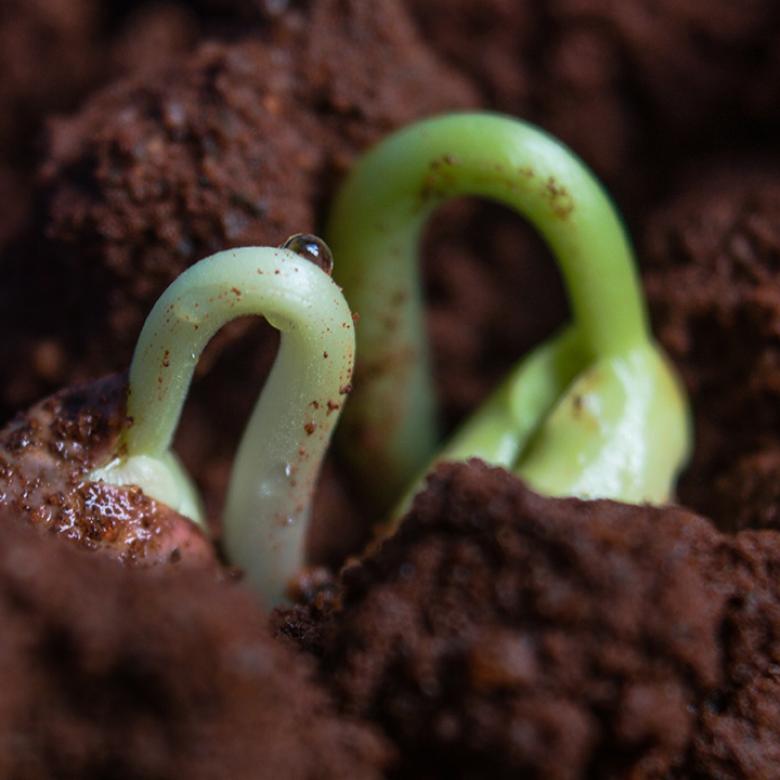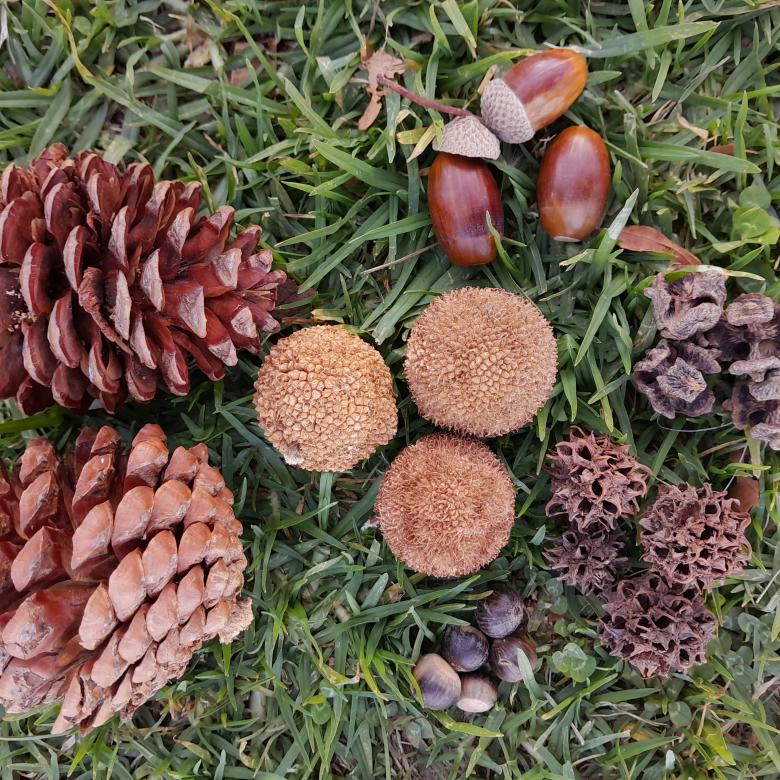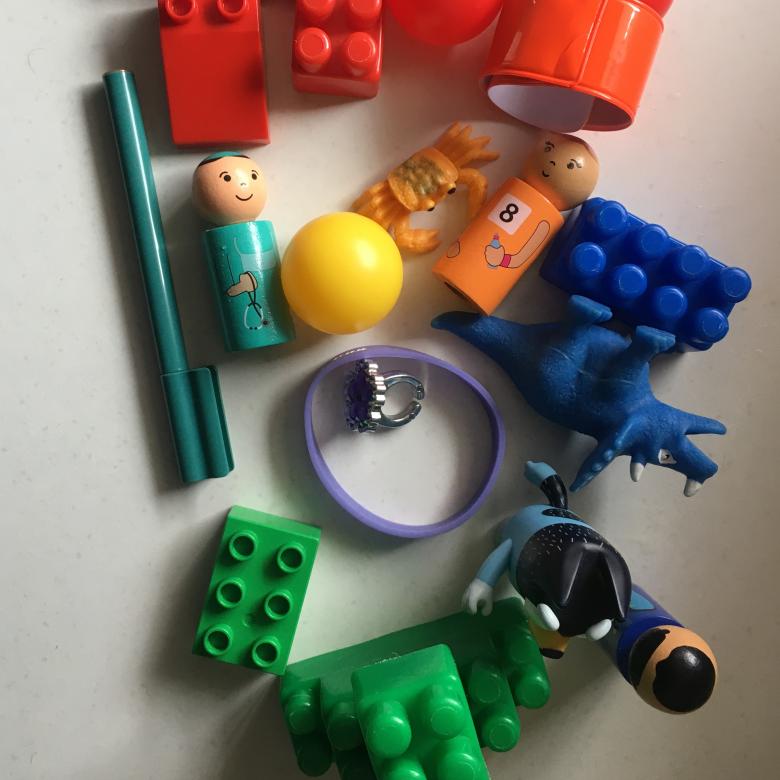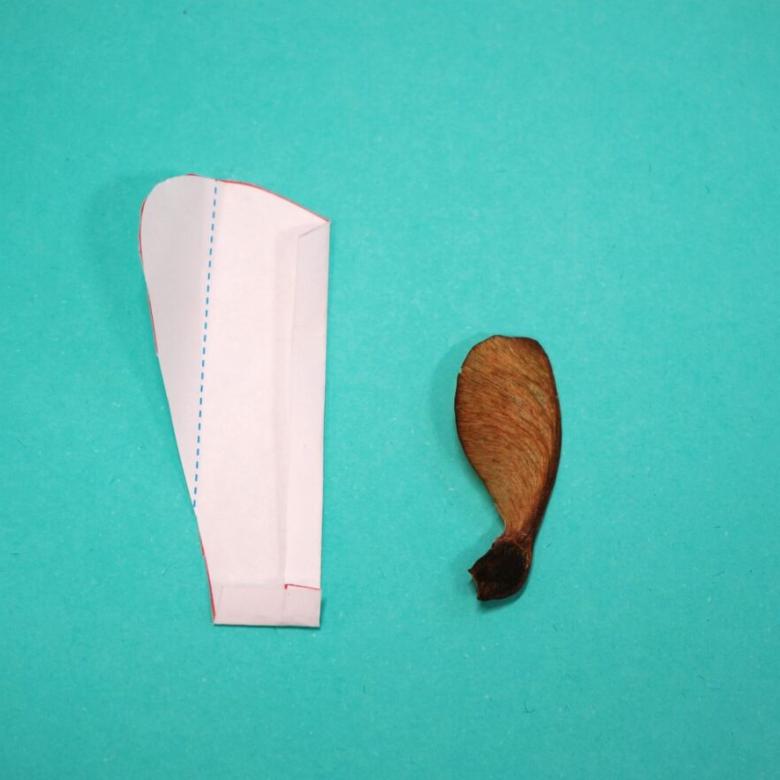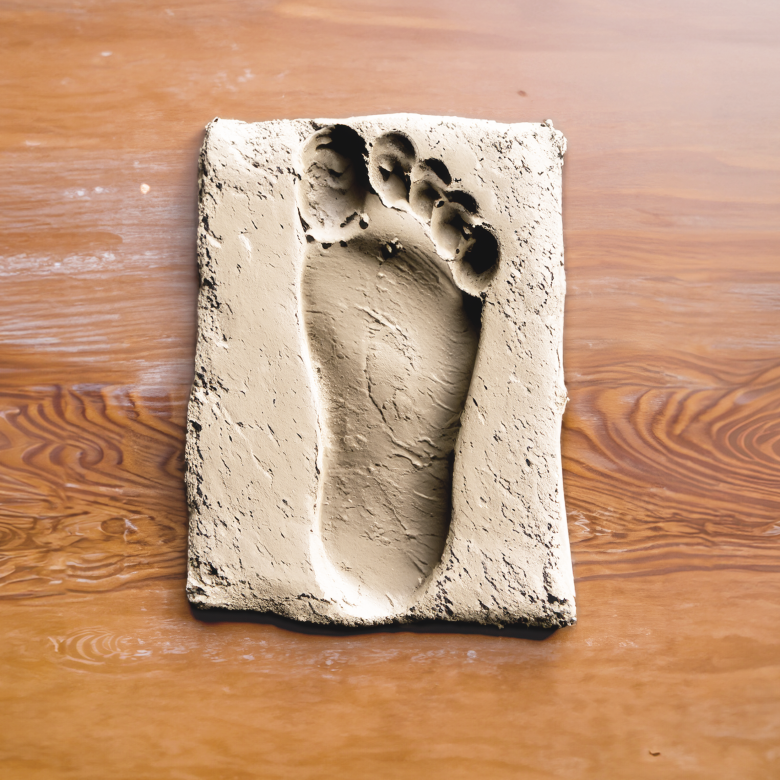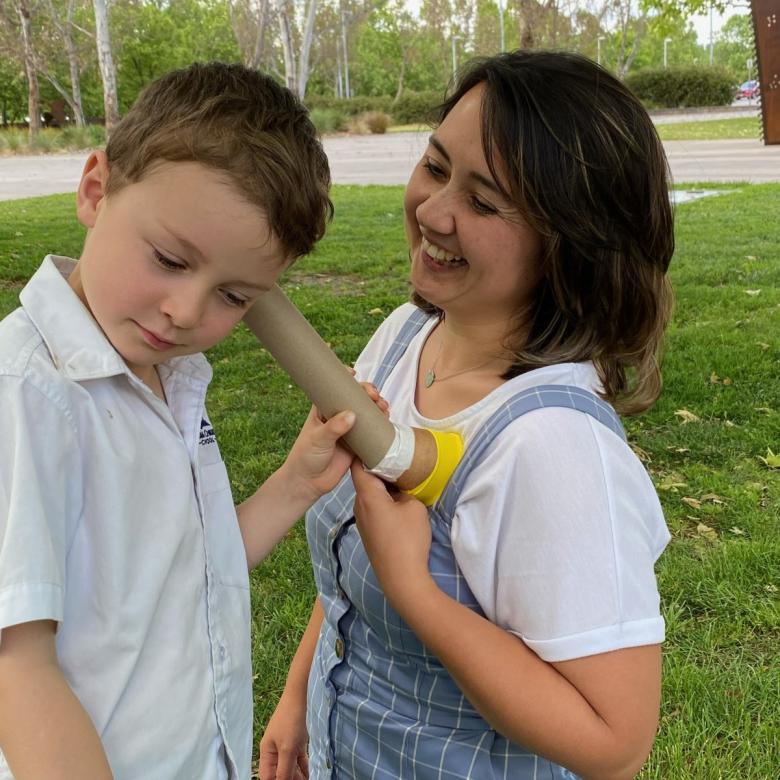About
- A range of seeds
- Something to sprout your seeds in, such as seed trays, toilet roll inserts, or plastic containers/cups/trays with small holes poked in the bottom
- Watertight tray to hold the seed sprouting containers
- Potting mix
- Masking tape or ice cream sticks
- A pen or pencil
- Paper
- Water
What to do
- Collect some different types of seeds. You can find these in your garden, streets or local parks (this is best done in autumn if you live in a temperate or subtropical climate). You can also collect seeds from fruits and vegetables, and from the spice and legume aisles in the supermarket. Bird seed mixes contain a range of seeds.
- Gather your materials on a flat surface.
- Describe the different seeds you have. Are they light, small, round, pointy? Can you identify any of the seeds?
- Draw pictures of the seeds and label them with their names. For the seeds that you can’t identify, make a guess about what type of plant they might grow into.
- Place your seed containers on the tray, and fill them with potting mix.
- Plant one seed of each type in the potting mix in a seed container. Record the seed name on a piece of masking tape on the container or on an ice cream stick placed in the potting mix. You should have a number of seed containers, each one with a different type of seed in it.
- Gently water the seeds in (a spray bottle is useful).
- Find a place for the seeds to grow. Look for a place where the tray won’t be disturbed, and will get some light, such as a sunny windowsill. Avoid places that get really hot or cold, or that are too dark or too bright.
- Check your seed containers daily, and gently water the soil when it looks dry.
- Record the growth and appearance of the seeds and seedlings over 5 weeks. Record how quickly they grow, when the first leaves appear and how many.
Questions to ask
Which seeds sprouted first?
Which seeds grew into the biggest plants?
Do big seeds grow bigger plants?
Once you have identified seeds that grow well, try changing the growing conditions to see what they prefer:
- Try using something other than potting mix for raising the seeds, such as polystyrene balls, sand, gravel, packing peanuts, charcoal or cottonwool. Which one do the seeds grow best in?
- Try placing a container of seeds in different levels of light, such as away from windows and in a cupboard. How do you think light will affect the seedling growth?
- Try changing the temperature of the water you pour on the seedlings. Use ice-cold water for one group, room-temperature water for another and boiling water for another. Do you think water temperature will affect how the seeds grow?
Study and record the differences in the seeds before you plant them. What happens when they fall – do they fall quickly or float lightly in the air? Do they float or sink in water? Do they have a strong or soft shell – can you squash them with your fingernail?
Based on your experiment, if you made a small herb box, where would you put it so that the herbs grow the best?
What's happening
Each type of seed is unique and adapted to its own environment. Some seeds need to survive a cold winter and need cold weather before they germinate (begin to grow). Others need the heat of bushfires to germinate. Some plants grow in dark forests and germinate in the dark; others need strong sunlight.
Plants can’t move around like animals can, so their seeds have different shapes to help them get to new areas to grow. Some seeds are sticky and attach to the fur of animals. Others are carried by the wind. Some seeds are within an edible fruit, to attract animals to eat the fruit and spread the seeds to new areas.
Did you know
Seeds can survive all sorts of extreme conditions. A date palm was germinated from a seed that was at least 2,000 years old! The seed was found in an archaeological expedition in Israel. But the oldest seed that has been germinated is thought to be more than 30,000 years old! The seed lasted so long because it had been buried in an ancient squirrel burrow (squirrels bury seeds so they can eat them during winter when there is less food). A flood had blocked access to the burrow, sealing the seed away until scientists found it in 2007.

